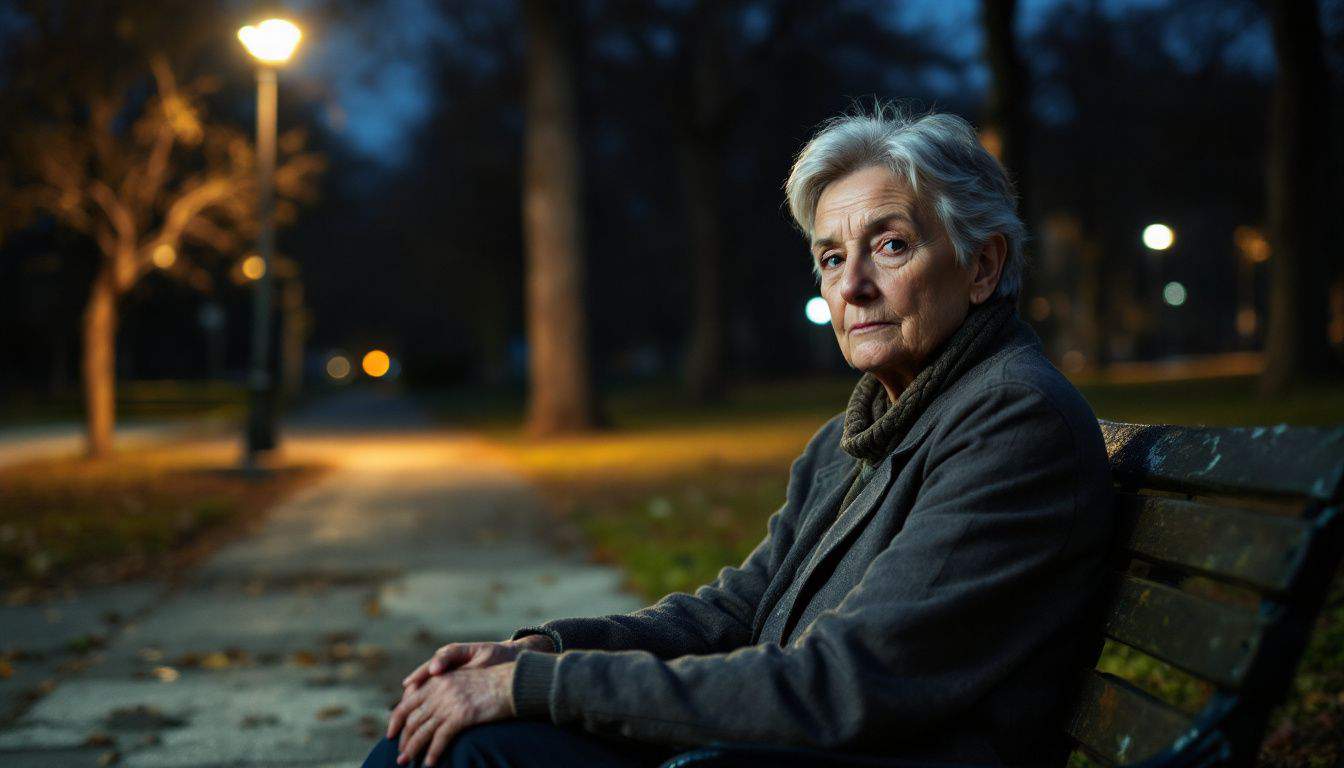Mental health struggles affect millions of people, yet many can’t get the help they need. Studies show that one in five Americans faces mental health issues, with poor and minority groups hit the hardest.
This article breaks down why mental health is a social justice issue and reveals eight key areas where mental health and social fairness meet. Ready to learn how mental health and social justice connect in ways you might not expect?
Key Takeaways
Mental health affects one in five Americans, with poor and minority groups facing the highest rates of mental illness and lowest access to care. Studies show 69% of adults face unfair treatment due to race or ethnicity, leading to anxiety and depression.
Women ages 17–24 struggle three times more with mental health issues than men. Only 51.2% of public schools offer mental health assessments, and just 38.3% provide treatment services. Rural schools are 19% less likely to have mental health support compared to urban areas.
Money problems block many from getting help. Therapy sessions often cost over $200. Most insurance plans won’t cover mental health care fully. This forces people to choose between basic needs and mental health treatment.
The justice system often fails people with mental illness. Black Americans show higher rates of anxiety, depression, and PTSD from racial bias. Many end up in jail instead of treatment. Language barriers and cultural differences make getting help harder for immigrants and minorities.
Local mental health centers and telehealth services help fill care gaps. The Pursuing Equity in Mental Health Act (HR 1475) works to improve mental health support for young people of color. Community programs and sliding-scale fees make treatment more accessible.
Table of Contents
Understanding Mental Health as a Social Justice Issue
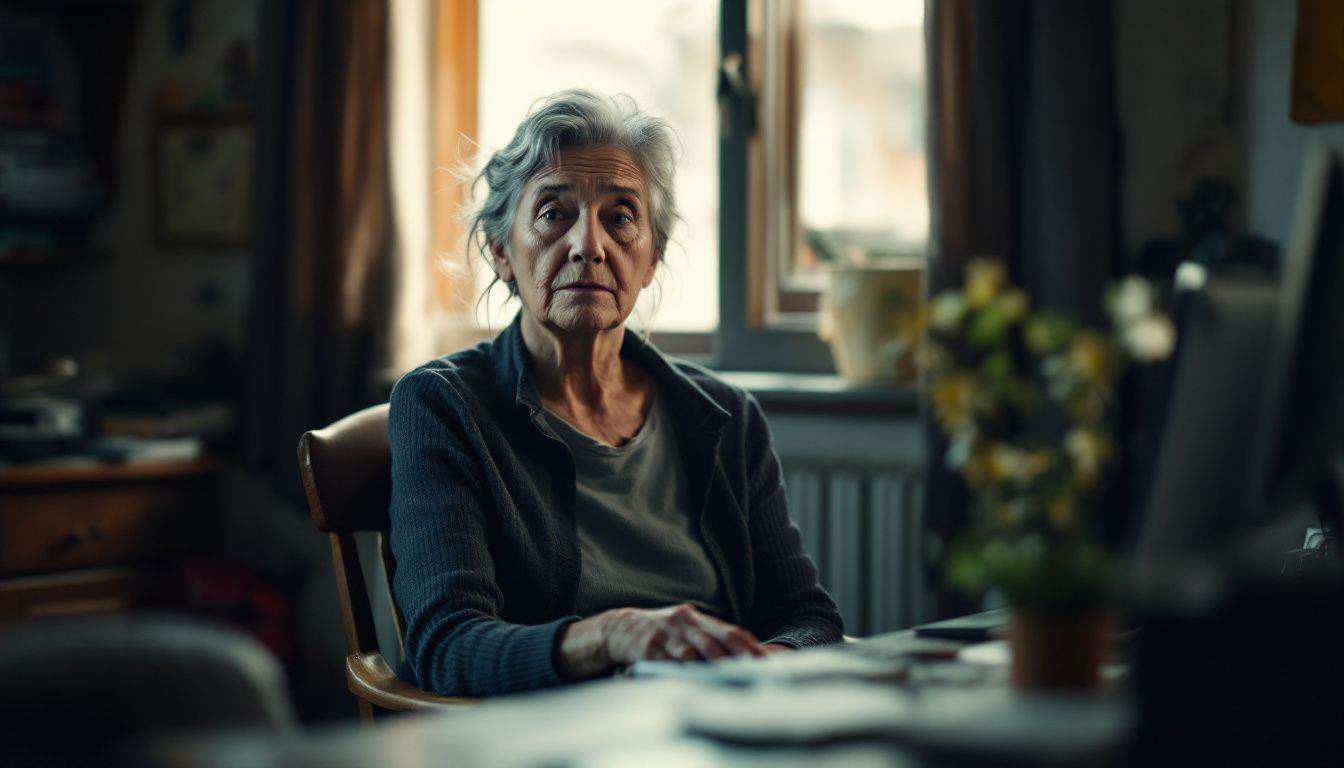
Mental health affects everyone, but not everyone has equal access to care and support. Social justice in mental health means breaking down barriers that stop people from getting help, like high costs, discrimination, and lack of nearby services.
Definition of social justice in mental health

Social justice in mental health means fair treatment and equal chances for everyone to stay mentally healthy. According to the Minnesota mental health center, social justice tackles unfair health gaps caused by poverty, bias, and lack of care access.
These gaps hit harder in places where people face daily discrimination and limited resources.
Social justice pushes for equal access to good mental health care for all people, no matter their background. This includes fighting against harmful stereotypes, removing cost barriers, and making sure everyone can get help in their own language.
Health equity isn’t a privilege – it’s a basic human right that affects our collective well-being. – Yolo Akili
Public health experts say chronic stress from social inequality leads to higher rates of anxiety and depression in many communities. Fair treatment in mental health means looking at how money, education, and where people live affect their minds.
The role of health equity in mental health

Health equity means everyone gets fair access to mental health care, no matter their background or income. I’ve seen how lack of access hits women hard, especially in areas without enough mental health clinics.
Many face daily stress from discrimination, leading to higher rates of anxiety and depression. True health equity goes beyond just having services nearby – it means breaking down barriers like cost, language differences, and cultural gaps that keep people from getting help.
Mental health care must work for all groups, not just those with money or privilege. As a mental health advocate, I’ve watched countless women struggle to find affordable therapy in their neighborhoods.
The system often fails those who need it most. Chronic stress from inequality takes a heavy toll on minds and bodies. Better mental healthcare access could help stop these problems before they grow worse.
Let’s explore how economic inequality shapes our mental well-being in different ways.
The Social Determinants of Mental Health
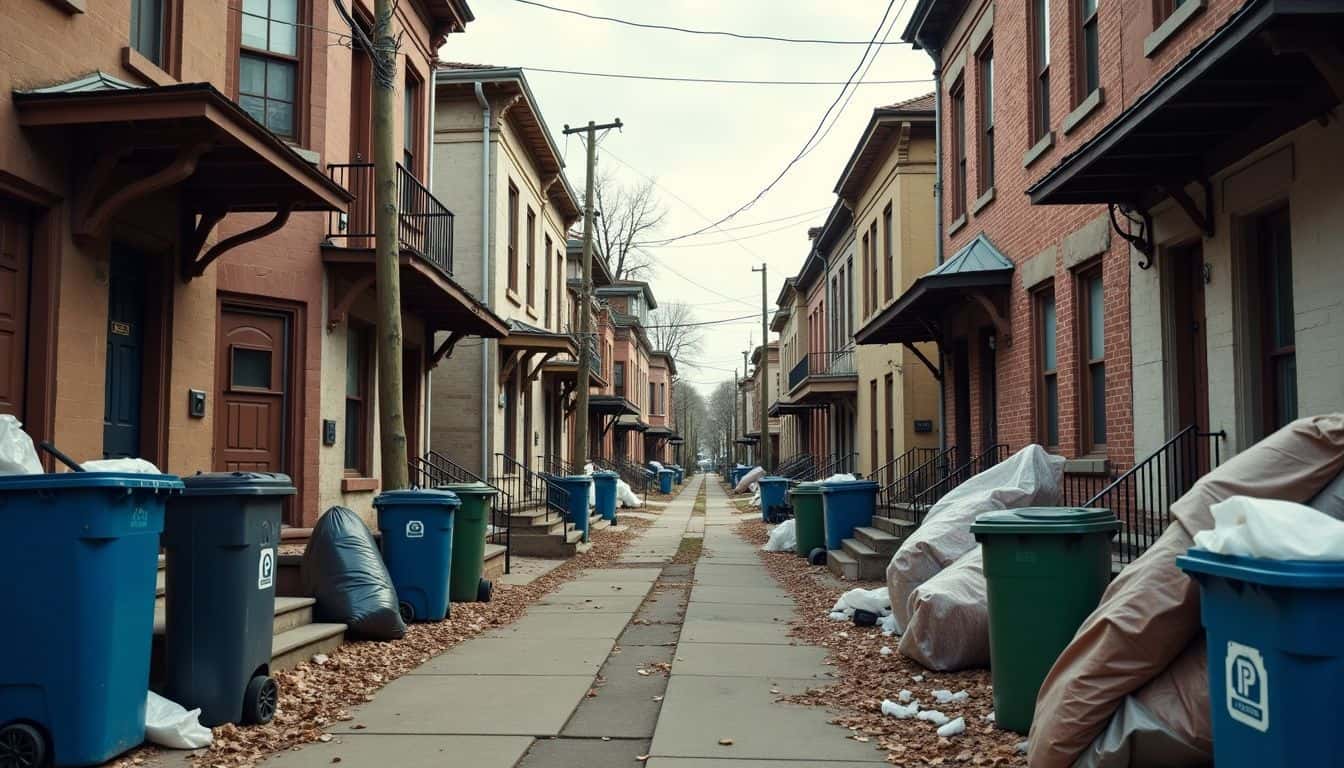
Your zip code and bank account can shape your mental health more than you think. Money problems, housing issues, and job stress create a perfect storm that hits our mental well-being hard.
Economic inequality and mental health

Money troubles hit our mental health hard. Living paycheck-to-paycheck creates a constant strain that leads to anxiety and depression. I’ve seen this firsthand in my community, where many women struggle to afford basic needs while battling chronic stress.
Social discrimination makes this burden even heavier, especially for those facing multiple barriers to care.
The link between economic hardship and poor mental health shows up clearly in research. People with limited resources often can’t access therapy or medication due to high costs. Many skip mental health appointments to pay for food or rent instead.
This creates a cycle where financial stress worsens mental health symptoms, making it harder to maintain steady employment or seek help. Low-income neighborhoods typically have fewer mental health clinics and providers, leaving residents with limited options for support.
Access to education and its impact on mental health
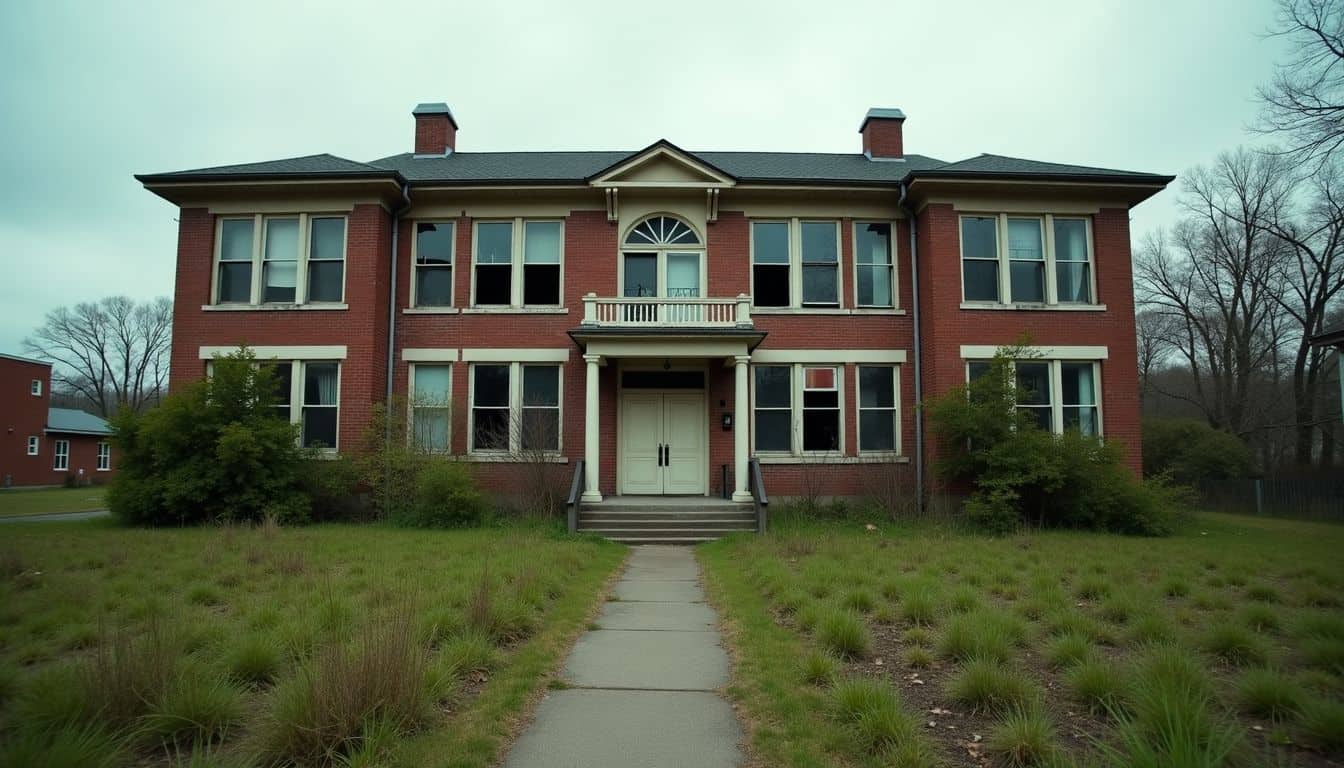
Beyond money troubles, education plays a vital role in shaping our mental well-being. Poor access to quality education creates a ripple effect that touches every part of life. Studies show that people with less education face higher rates of depression and anxiety.
I’ve seen this firsthand while working with community mental health programs.
Education is not just about learning; it’s about building the mental strength to face life’s challenges. – Dr. Sarah Chen, Mental Health Advocate
The link between education and mental health runs deep. Students who drop out of school are three times more likely to deal with psychiatric disorders. Limited education often leads to fewer job options, more stress, and weaker support systems.
The cycle continues as parents with less education struggle to help their kids get better mental health care. Breaking this pattern starts with making good education available to everyone, regardless of their background or zip code.
Housing instability and mental health challenges
Living without a stable home creates deep mental health struggles. Studies show that 21% of homeless people face serious mental illnesses, while 16% battle substance use problems. A safe home gives us more than just shelter – it provides a foundation for good mental health.
The lack of stable housing leads to constant stress, anxiety, and depression. This hits harder for women who often juggle family responsibilities while trying to keep a roof over their heads.
The problem grows worse because 60% of homeless people don’t have health insurance. This means they can’t get the mental health care they need. Many bounce between temporary shelters, friends’ couches, or the streets.
Each move makes it harder to hold down a job, maintain relationships, or focus on getting better. This creates a vicious cycle where poor mental health makes it harder to find stable housing, and unstable housing worsens mental health.
Next, let’s explore how workplace discrimination adds another layer to these mental health challenges.
Employment and workplace discrimination
Job bias hits mental health hard. Many women face unfair treatment at work, from lower pay to missed promotions. These daily struggles lead to stress, anxiety, and depression. Studies show that losing a job or facing workplace discrimination can trigger serious mental health problems.
I’ve seen this firsthand as a workplace consultant – women often share stories of being passed over for leadership roles, leading to damaged self-esteem.
Toxic work environments create a perfect storm for mental health issues. Poor working conditions, like hostile supervisors or unequal treatment, force many women to choose between their paycheck and their peace of mind.
The stress builds up over time, affecting both work performance and personal life. Social support at work matters a lot – having allies who speak up against unfair treatment helps protect mental wellbeing.
Fair employment practices aren’t just about equal pay – they’re about basic human rights and emotional health.
Discrimination and Stigma in Mental Health

Discrimination and stigma hit people with mental health issues from all sides – at work, in healthcare, and even at home – creating a painful cycle that makes getting help twice as hard.
Want to learn how deep this problem goes? Keep reading.
The impact of racial and ethnic discrimination
Racial bias hits hard at our mental well-being. Studies show that 69% of adults in America face unfair treatment due to their race or ethnicity. This harsh reality leads many people to feel anxious, sad, and stressed daily.
Social injustice creates deep wounds that affect both mind and body. Many women from minority groups battle lower self-esteem and higher rates of depression because of these painful experiences.
The mental health toll grows heavier through constant exposure to prejudice. People who face racial discrimination show higher risks of developing anxiety and depression. These mental health challenges often go untreated due to cultural barriers in healthcare.
Mental health is not just personal – it’s political. The way society treats us shapes how we feel about ourselves. – Maya Williams
The next critical issue we must address is how gender differences affect access to mental health support.
Gender disparities in mental health care
Women face steep barriers in getting proper mental health care. Medical experts often brush off our symptoms as “just stress” or “hormones.” Young women ages 17-24 struggle three times more with mental health issues than men.
I’ve sat in doctor’s offices where my concerns got dismissed with a quick “you’re just anxious.” This gender bias leads many women to doubt their own experiences and avoid seeking help.
The Covid-19 pandemic hit women’s mental health extra hard. Many of us juggled work, childcare, and household duties while feeling isolated. Social stigma makes it worse – society expects women to “keep it together” and “power through.” Health policies still fail to address these gender gaps in care.
The system needs major changes to stop discrimination against women in mental health treatment. These gaps tie directly into how mental illness affects people in the criminal justice system.
Stigma against individuals with mental illness
People with mental illness face cruel labels that stick to them like unwanted shadows. Society often sees the illness first and the person second, creating a harsh cycle of shame and isolation.
Many folks hide their struggles because they fear judgment or losing their jobs. This harmful stigma stops them from getting the help they need, making their mental health battles even harder.
Social stigma hits like a double punch – it hurts people’s self-worth and blocks their path to recovery. The false beliefs about mental illness lead to unfair treatment at work, school, and in daily life.
Mental health stigma affects relationships too, pushing people into loneliness when they most need support. The next big hurdle these individuals face shows up in getting proper mental health care access.
Barriers to Mental Health Care Access
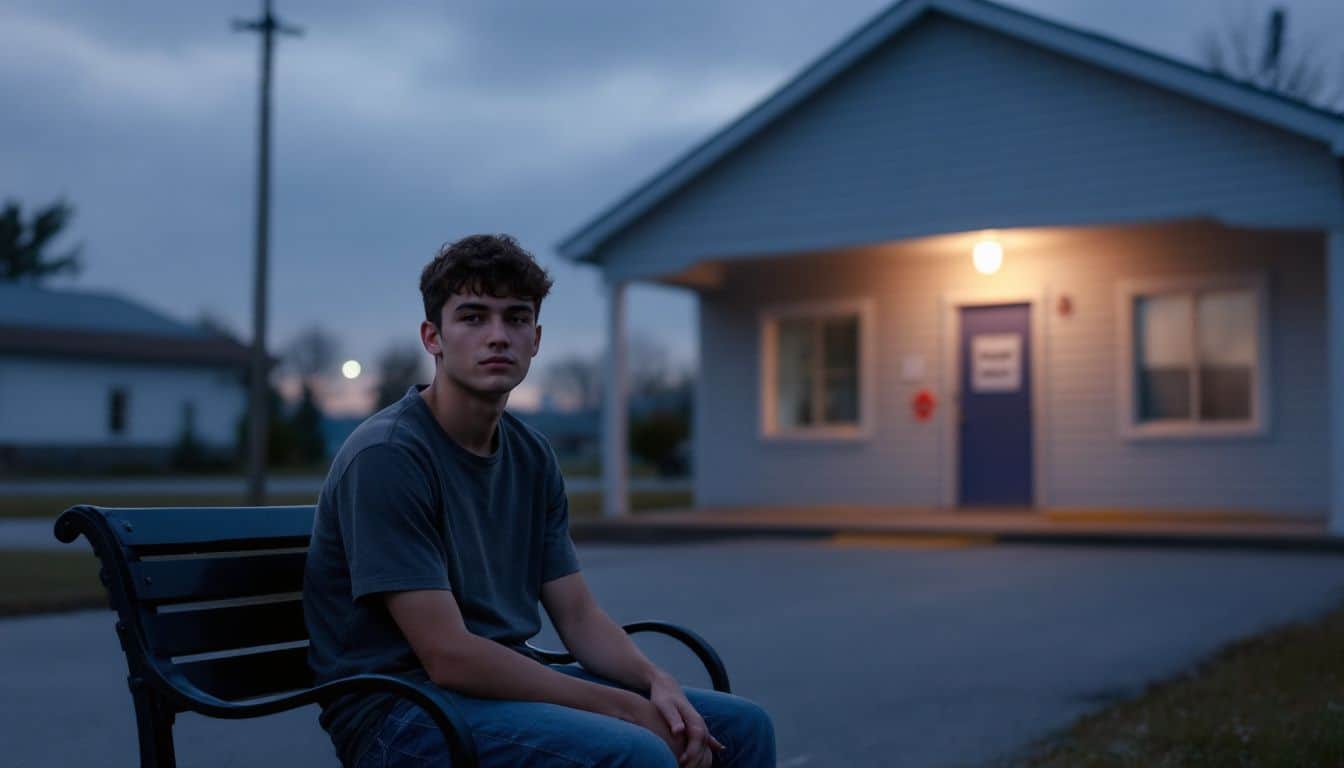
Getting mental health care feels like trying to climb a mountain without any gear. Money problems, distance to clinics, and language barriers stop many people from getting the help they need.
Lack of affordable and accessible services
Money stands as the biggest roadblock to mental health care in America today. Many women skip therapy because their insurance won’t cover it, or they can’t afford the high costs. I learned this firsthand while helping my sister find affordable counseling – she faced $200+ per session fees that her basic insurance plan wouldn’t touch.
The harsh reality is that quality mental health support remains out of reach for many low-income families.
Access to care hits rural areas especially hard. Mental health facilities cluster in cities, leaving rural communities with few or no options nearby. A close friend drives two hours each way to see her therapist because no providers practice in her small town.
This creates extra barriers for working mothers who already struggle to balance jobs, childcare, and self-care. The shortage of mental health professionals makes this problem worse, especially for women seeking culturally-aware care that fits their needs.
Geographic disparities in mental health care availability
Mental health care access looks very different depending on where you live in America. Public schools paint a clear picture of this gap – only half of them (51.2%) offer mental health assessments for students.
The numbers get worse for actual treatment, with just 38.3% of schools providing these vital services. I’ve seen this firsthand as a school counselor in both urban and rural districts.
Rural areas face the biggest hurdles in getting mental health support. Schools in rural communities are 19% less likely to provide mental health assessments compared to city schools.
This creates a harsh reality for many women and families living outside urban areas. The lack of mental health professionals, limited transportation options, and fewer treatment facilities make getting help much harder.
These health disparities hit marginalized communities especially hard, leading to increased psychological distress and emotional problems. Moving forward, let’s explore how discrimination and stigma create additional barriers to mental health care access.
Cultural and linguistic barriers in treatment
Language gaps create real walls in mental health care. Many people struggle to find therapists who speak their native language or understand their cultural background. I’ve seen this firsthand as a health worker – patients often leave treatment because they can’t connect with their care providers.
State Mental Health Authorities now push for better cultural training, but progress moves slowly. Electronic health records help bridge some gaps through translation tools, but we need more bilingual mental health workers.
Social and cultural differences affect how people view mental health problems. Some cultures see mental illness as a family matter, not a medical issue. Others might feel shame about seeking help.
These beliefs clash with typical American mental health care. Remote interpreting services offer hope by connecting patients with culturally-aware providers. Still, we must tackle deeper issues of health inequity and social justice to make mental health care work for everyone.
The barriers to mental health access highlight bigger problems in our healthcare system.
Intersection of Mental Health and Other Social Issues

Mental health issues ripple through every part of our social fabric, from crowded prisons to homeless shelters. Social problems stack up like dominoes – when one falls, it often triggers a chain reaction that hits mental wellness hard.
Mental health in the criminal justice system
People with mental health conditions face unfair treatment in our justice system every day. Many end up in jail instead of getting the help they need. The system often fails to spot mental health needs early on, leading to harsh punishments rather than proper care.
This harsh reality hits women especially hard, as many struggle to access basic mental health support behind bars.
Community-based care offers a better path forward for those dealing with mental health challenges. Local support programs keep people out of jail cells and in healing spaces. These programs work best when they respect different cultures and encourage people to seek help on their own terms.
Smart strategies focus on keeping young people in their communities, where they can get real support instead of punishment. Better mental health care means fewer people end up trapped in a system that wasn’t built to help them heal.
Mental health challenges among marginalized communities
Marginalized groups face steep hurdles in getting mental health care. Black Americans show higher rates of anxiety, depression, and PTSD due to ongoing racial bias. Social inequities create a heavy burden – from lack of insurance to few providers who understand their culture.
Many LGBTQ folks battle depression and suicidal thoughts while dealing with discrimination. The stress of being treated unfairly takes a real toll on emotional wellbeing.
Living in underserved areas means limited access to quality mental health services. I’ve seen firsthand how hard it is for my friends in rural communities to find therapists who take their insurance.
Language barriers stop many immigrants from getting the help they need. The pandemic made these gaps even wider. Social and economic barriers keep piling up, making it harder for marginalized groups to get mental health support.
Some communities face extra stigma about seeking help due to cultural beliefs or past bad experiences with healthcare systems.
The connection between mental health and poverty
Social barriers often create a harsh cycle between mental health struggles and financial hardship. Money problems and mental health issues feed into each other like a never-ending loop.
Living in poverty brings daily stress about basic needs like food, rent, and bills. These constant worries lead to higher rates of anxiety, depression, and other mental health challenges.
Poor mental health makes it harder to work steadily or keep a job, which leads to less income. Studies show people in low-income areas face more mental distress than those in wealthy neighborhoods.
Growing up poor also increases the risk of trauma and mental health issues later in life. I’ve seen this firsthand in my work with community health centers – many clients can’t afford proper care or must choose between medicine and groceries.
The stress of living paycheck-to-paycheck takes a real toll on emotional wellbeing and self-respect.
Advocacy and Policy Solutions

Strong advocacy and policy changes can fix our broken mental health system through fair funding, better laws, and equal access to care – read on to learn how we can make mental health support work for everyone.
Promoting equitable mental health policies
Fair mental health policies must protect everyone’s right to good care. Social and economic justice plays a key role in making mental health services work for all people. Many groups face unfair treatment due to their income, race, or gender.
Health equity means breaking down these barriers through smart rules and laws. Support systems, such as emotional support animals, need to be part of these policies.
Mental health policies should focus on helping under-resourced communities first. Community-Based Organizations lead the way in bringing care to people who need it most. SAMHSA’s Language Access Plan helps non-English speakers get mental health support.
These changes make a real difference in people’s lives. The next step involves tackling discrimination and stigma in mental health care delivery.
Expanding affordable mental health care services
Making mental health care affordable matters now more than ever. The COVID-19 pandemic has pushed many people to seek help, but high costs block their path to healing. Many women struggle to pay for therapy sessions that can cost $100 or more per hour.
Community health centers offer sliding-scale fees, but they face overwhelming demand. The shortage of mental health providers makes this problem worse, especially in rural areas where few doctors practice.
Local governments must step up funding for mental health services. More money could create new community clinics and train more counselors. Telehealth programs help reach people in remote areas, but we need better insurance coverage for these services.
Many insurance plans limit mental health visits or charge high copays. This hits working women especially hard, as they often juggle work, family, and their own wellbeing. Free support groups and peer counseling programs can fill some gaps, but they can’t replace professional care.
The pandemic has shown us that mental health care isn’t a luxury – it’s a basic need that everyone should afford.
Addressing systemic discrimination in mental health care
Systemic racism creates deep barriers in mental health care. Black and brown communities face unfair treatment and limited access to quality mental health services. The Pursuing Equity in Mental Health Act (HR 1475) aims to fix these problems.
This law focuses on helping young people of color get better mental health support. I’ve seen firsthand how racial bias affects care quality in my work as a mental health advocate.
Mental health professionals must step up to fight unfair practices. Social injustices show up in many ways – from insurance coverage gaps to cultural misunderstandings during treatment.
Doctors often miss signs of mental health issues in people of color due to built-in biases. The health care system needs big changes to serve everyone fairly. Better training for mental health workers about racial bias can lead to more equal care for all patients.
The Role of Community and Education

Communities hold the power to break down mental health stigma through shared stories and open talks. Local groups and schools can create safe spaces where people learn about mental health without fear or shame.
Raising awareness about mental health as a social issue
Mental health awareness needs a major shift in our society. Social bias hits hard, making people feel alone and scared to speak up. Black Americans face higher rates of anxiety and depression due to racial discrimination.
The same goes for LGBTQ folks, who battle higher rates of mental health struggles because of unfair treatment. I’ve seen firsthand how this plays out – my close friend couldn’t get help for months because she couldn’t afford therapy.
Breaking the silence starts with each of us speaking up about mental health struggles. Social media posts, local support groups, and honest talks with friends make a real difference.
Stress from money problems, unfair treatment, and lack of good healthcare hits many women hard. The link between social problems and mental health shows up clearly in health statistics.
Speaking up helps others feel less alone and more willing to seek help when they need it.
Community-based support systems for mental health
Local support builds on awareness by turning knowledge into action. Strong community networks create safe spaces for people to share their mental health stories. These networks include peer support groups, faith-based organizations, and local health centers.
They offer direct help through counseling, crisis support, and social connections.
Community support systems work best when they match local needs. Recovery Support Services help people find housing, jobs, and social connections. These programs cut through cultural barriers that stop people from getting help.
Local groups use proven methods that work for their specific community members. They create spaces where people feel understood and accepted. Support groups often meet in familiar places like community centers or libraries.
This makes it easier for people to join without feeling judged or out of place.
Reducing stigma through education and dialogue
Community support leads naturally to broader education efforts about mental health. Schools now add mental health lessons to their daily classes. These lessons help students learn facts about mental illness and break down wrong ideas.
Teachers share real stories and use clear words that everyone can understand. This direct approach helps young people feel more open to talking about their feelings.
Social media and public talks spread the message further. Many women share their mental health stories online, breaking down shame and fear. Groups like Active Minds work in colleges to start honest talks about mental health.
They show that mental health affects everyone, just like physical health does. Simple facts and open chats make a big difference in how people think about mental illness. Clear education helps people see mental health care as normal and needed.
Call to Action for Social Justice in Mental Health

The fight for mental health justice needs your voice right now. Systemic racism blocks many people from getting good mental health care, especially in marginalized groups. You can take action by speaking up at local government meetings, joining advocacy groups, or sharing your own mental health story.
Social change starts with brave people who refuse to stay quiet about unfair treatment.
Mental health equity demands bold steps from all of us today. Healthcare providers must address their unconscious bias through proper training. Policy makers need to create laws that make mental health care affordable and easy to access.
Your role matters – reach out to others who struggle, challenge stigma when you see it, and push your workplace to offer better mental health support. Small actions add up to big changes in how society treats mental health.
The time for action is now.
People Also Ask
How does social status affect mental health?
Your social and money situation plays a big role in mental health. Poor people often face more mental health problems due to stress, less access to care, and social barriers. These health inequalities create a cycle that’s hard to break.
What role does discrimination play in mental health issues?
Discrimination hits mental health hard. People face unfair treatment due to their mental illness, race, sexual orientation, or disabilities. This leads to more stress and worse health outcomes. The LGBTQ community often faces extra challenges getting good care.
How does family history impact mental health?
Generational trauma passes down through families. Kids can inherit both genetic and environmental factors that affect their behavioral health. This creates patterns of mental disorders that can last for generations.
Why is mental health care harder to get for some groups?
Health disparities exist because of unfair systems. Poor neighborhoods often lack good mental health services. Institutional racism and ableism make it harder for certain groups to get help. Many face stigma when seeking treatment.
How do mental health problems affect daily life?
Mental disorders can hurt social functioning and work life. People might face burnout, mood problems, or trouble with relationships. These issues often lead to problems at work and home. Many struggle with alcoholism or other co-occurring disorders.
What makes mental health a social justice issue?
Mental health connects to bigger social problems. Poor health promotion, unequal opportunities, and discriminatory practices hurt many groups. We need better distributive justice to fix these mental health inequalities. Everyone deserves fair access to care.
References
https://www.radiashealth.org/the-intersection-of-social-justice-and-mental-health/ (2024-01-24)
https://www.teachforamerica.org/events/why-mental-health-is-a-social-justice-issue
https://pmc.ncbi.nlm.nih.gov/articles/PMC10786006/
https://www.samhsa.gov/blog/addressing-social-determinants-health-among-individuals-experiencing-homelessness (2023-11-15)
https://pmc.ncbi.nlm.nih.gov/articles/PMC6532404/
https://pmc.ncbi.nlm.nih.gov/articles/PMC10903064/
https://pmc.ncbi.nlm.nih.gov/articles/PMC9772127/
https://www.mhanational.org/issues/mental-health-and-criminal-justice-issues
https://pmc.ncbi.nlm.nih.gov/articles/PMC7525587/
https://www.samhsa.gov/behavioral-health-equity
https://pmc.ncbi.nlm.nih.gov/articles/PMC8793719/
https://www.americanprogress.org/article/mental-health-care-severely-inequitable-came-coronavirus-crisis/ (2020-09-10)
https://pmc.ncbi.nlm.nih.gov/articles/PMC9382888/
https://store.samhsa.gov/sites/default/files/sma13-4763.pdf
https://www.park.edu/blog/mental-health-awareness-breaking-the-stigma-with-education-and-advocacy/ (2024-07-31)
